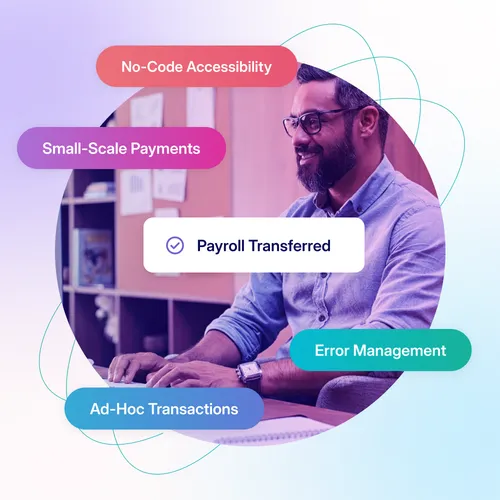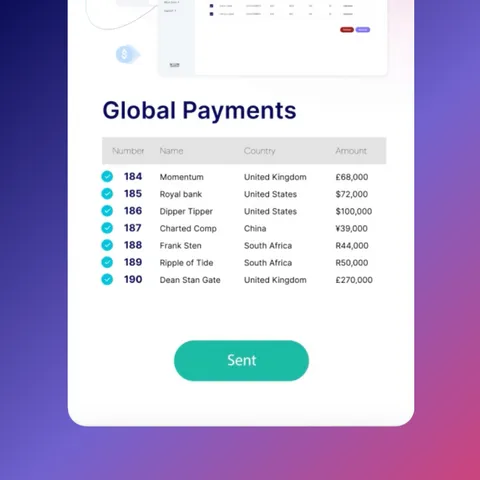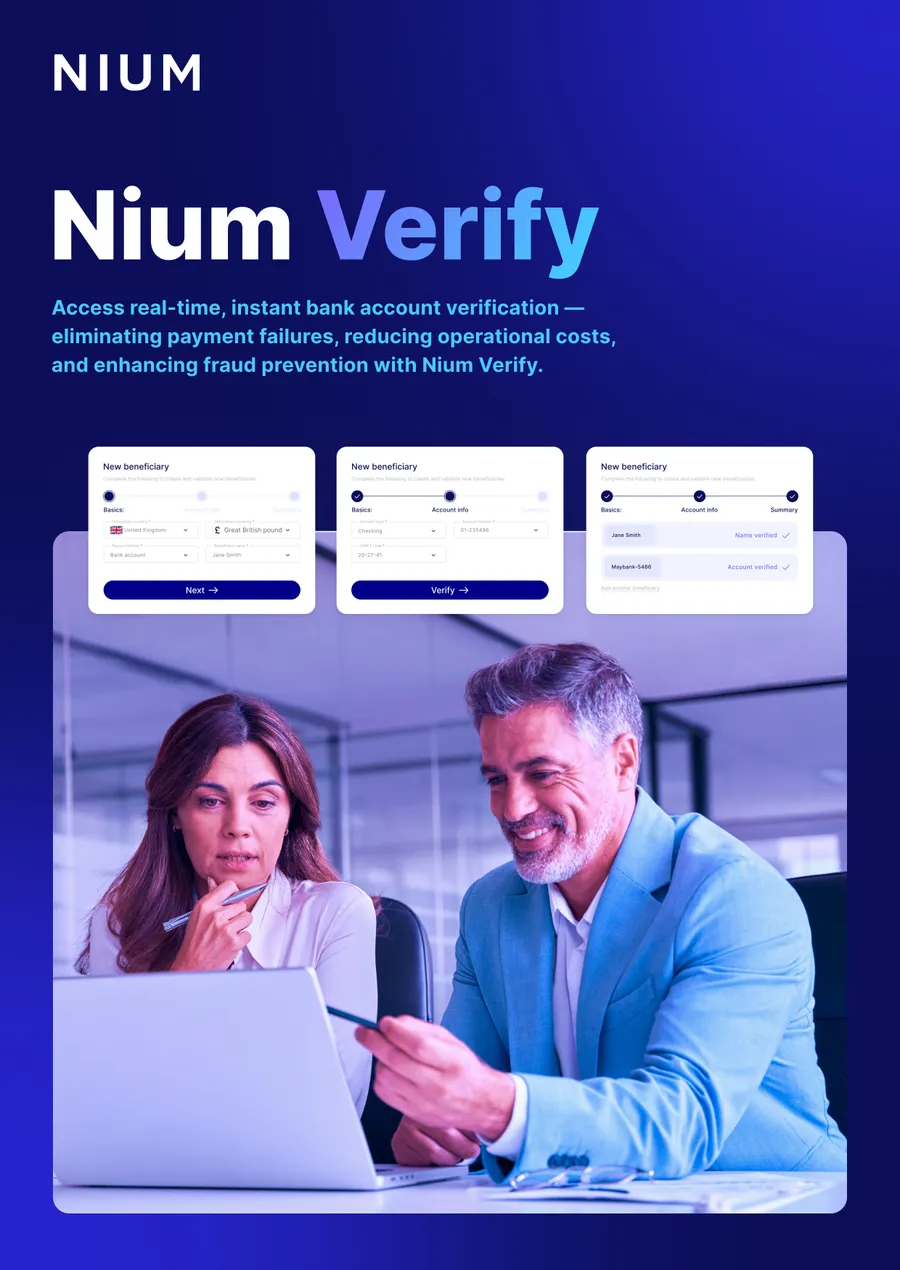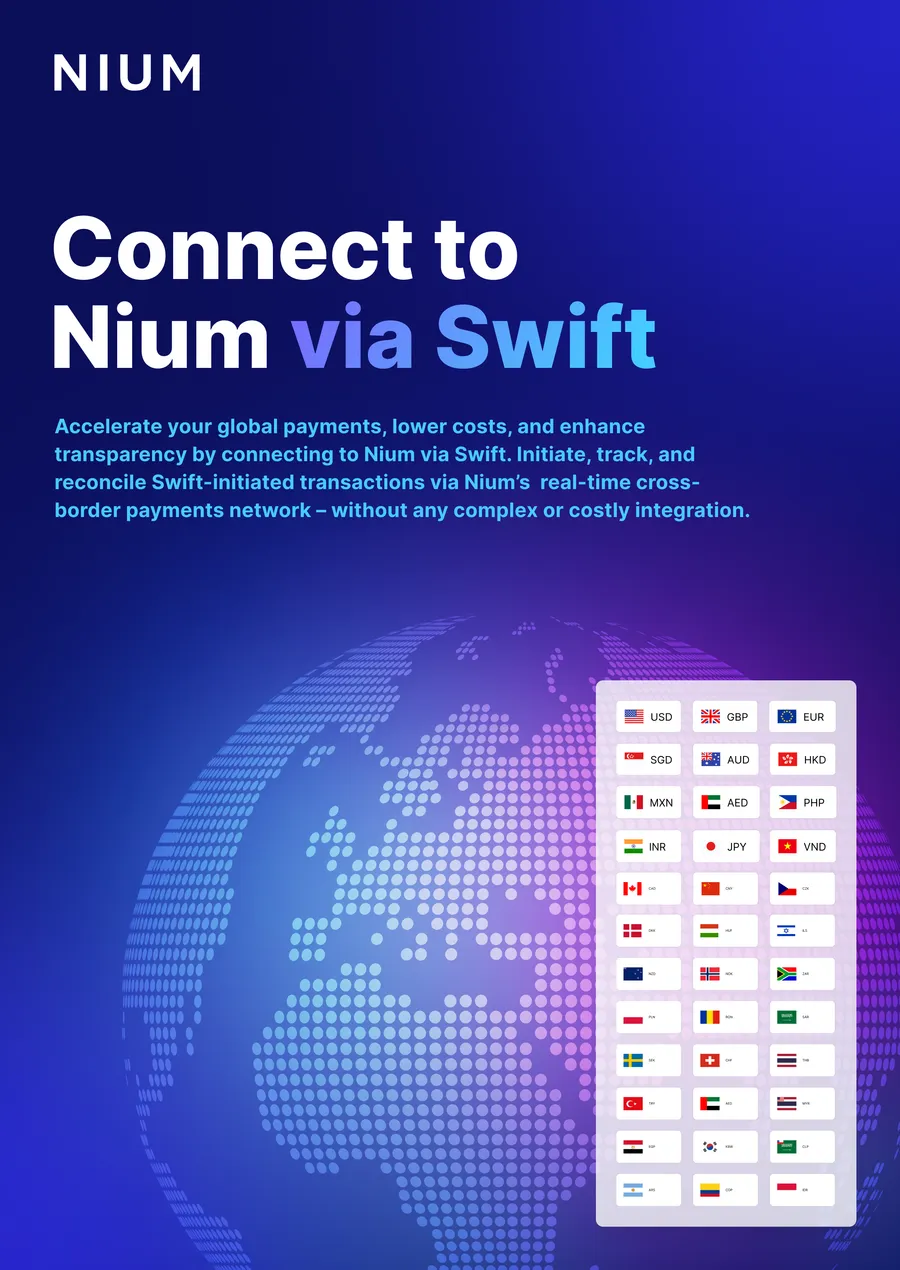Over the last decade real-time payments have risen to become a vital component of the global gig economy, transforming the speed with which money can be moved between employers and freelancers, delivery agents, cab drivers and others.
This underpins the versatility that is the gig economy’s biggest advantage, allowing gig workers to be paid at the pace they desire, and it’s become clear that companies that want to capitalise on the continued growth of the gig economy will need to embrace real-time payment systems.
What are real-time payments?
Real-time payments use payment rails based on digital infrastructure to move money from end-to-end as close to instantaneously as possible. They were originally developed in Japan in the 1970s, and in the years since have spread to become ubiquitous around the world. (Of course, cash is technically a very long-standing form of real-time payment, but the term today refers to systems encompassing digital transfers!)
These quick payments rely on systems that are always online, available for use 24/7, meaning that a fast payment can be delivered no matter when it’s needed. This stands in contrast to more traditional transfer methods which usually take at least a couple of days to clear.
The expansion of real-time payments has been driven by the global growth of smartphones and ever-increasing access to the internet. Many people around the world now use their phones for on-the-go banking, and in developing economies this often provides the only viable alternative to traditional physical banking infrastructure, which may be lacking. As smartphones have become ubiquitous in all markets over the past decade, this degree of penetration has helped create the environment in which real-time payments, including cross-border payments, have taken root.
How real-time payments work
The vital aspect of real-time payments is speed. They work on a scale of minutes or even seconds, flying through the main stages – authorisation; accessing available funds; transferring them; and notifying the recipient. This allows the gig worker to receive their money at once, not just a notification that signals that a payment will follow a few days (or weeks) later.
These instantaneous transfers are supported by underlying digital infrastructure that allows for the ultra-rapid exchange of information. This end-to-end bilateral communication creates a more efficient payment journey, making it easier for the system to resolve obstacles at speed, and so minimise delays.
This also creates financial control benefits for business, as they benefit from the reference data generated by transaction tracking and as a result liquidity management is made easier.
Why real-time payments are driving the next evolution of the gig economy
Real-time networks are now being implemented around the globe, including in developing economies as they enter the gig economy on a large scale – for example, seven ASEAN countries have recently rolled out real-time systems.
As the gig economy has grown, it’s become very clear that gig workers want to be paid as quickly as possible. Delayed or irregular payments can create substantial cashflow problems, forcing freelancers to borrow to cover the shortfall and make it much harder for them to plan their finances properly.
Grab, a ride-hailing platform active across southeast Asia has been able to dominate the local market by introducing real-time payments, squeezing out the competition who only pay every few days. This earned the drivers’ loyalty, enabling them to recruit from the widest pool of applicants. A growing number of cases like this demonstrate how workers are coming to expect real-time payments as a standard, with 64% of gig workers saying that they would move to an employer that offers them. Businesses that cannot do so will increasingly suffer as they struggle to attract the best freelancers.
Real-time payments also grant employers advantages beyond just this recruitment bonus, as the granular data created by these systems gives them greatly enhanced insight into their payments. They can therefore engage in more reactive and efficient management, with substantial potential gains in business liquidity and cashflow forecasting. For example, by creating same-day payrolls businesses will find it substantially easier to keep track of payments to freelancers working on an hourly basis.



.png@webp)



.png@webp)
.png@webp)



